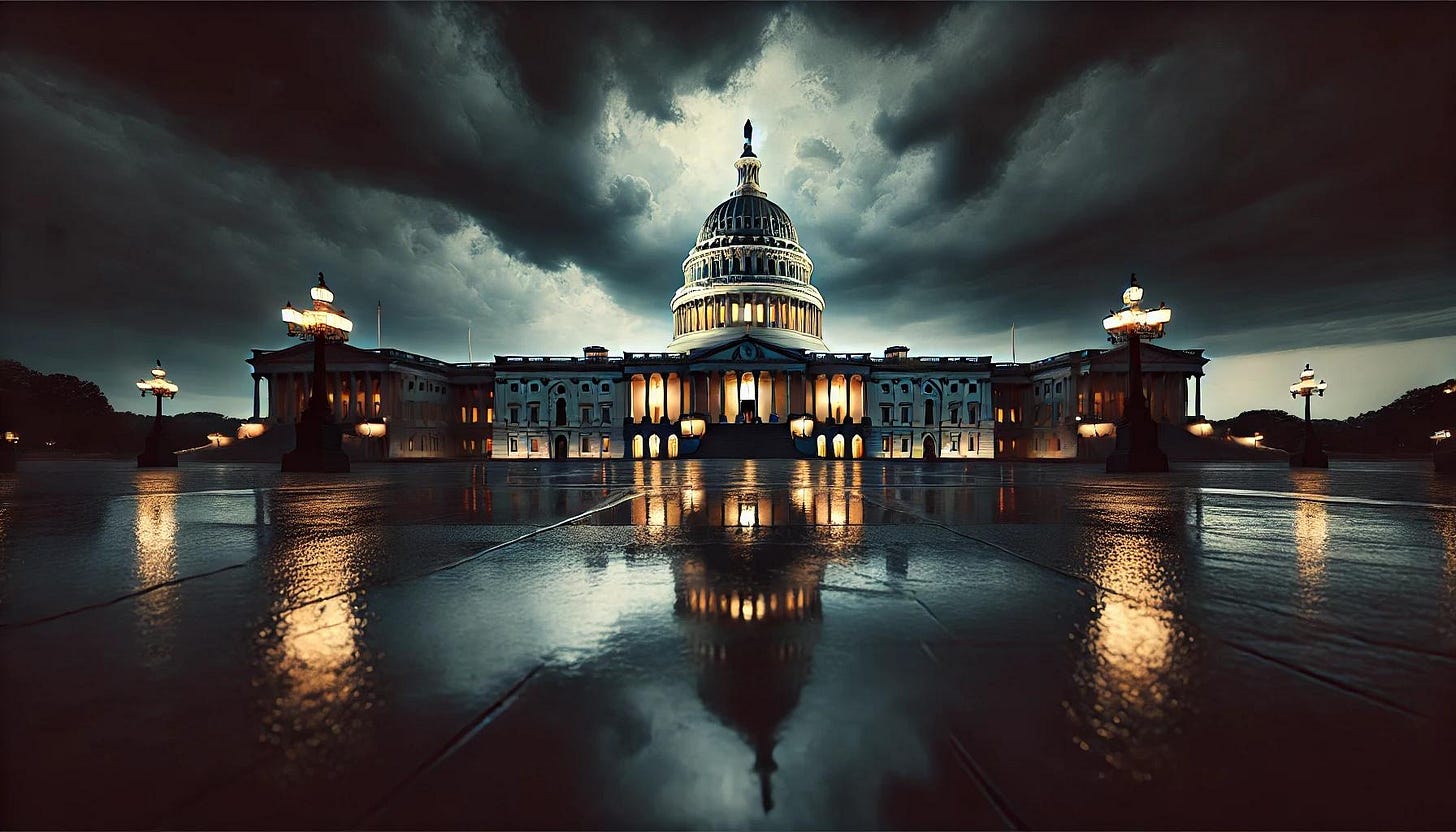7 MAGA Strategies That Could Ignite a Nationwide Insurrection
How Trump’s Loss in 2024 Could Could Unleash a Violent Uprising
🚨 Stay Informed! Get the latest updates on nationwide events by subscribing! 🚨
With the 2024 U.S. presidential election approaching, the prospect of another insurrection similar to January 6, 2021, looms large if Donald Trump loses.
In this article, we explore seven distinct strategies that could shape such an event, drawing on lessons from 2021 and recent developments in mobilization, law enforcement adaptations, and extremist tactics.
1. Mobilizing a Larger, More Prepared Base
Strategy: This time, insurrectionists might aim to mobilize a much larger force, potentially numbering in the millions across the country. In 2021, around 100,000 Trump supporters arrived in Washington, with a fraction storming the Capitol.
Why It Matters: A broader and more geographically dispersed mobilization could overwhelm law enforcement resources, especially if protests and riots occur simultaneously in multiple states.
Tactics: Improved communication methods—particularly through AI-enhanced social media campaigns and encrypted messaging apps—could facilitate this widespread mobilization, making it harder for authorities to preemptively intervene.
2. Targeting Multiple Locations Simultaneously
Strategy: While the 2021 attack focused on the Capitol, a second attempt might involve coordinated attacks at multiple sites, including state capitol buildings, federal courts, and symbolic landmarks.
Why It Matters: By spreading law enforcement thin across several locations, insurrectionists could create confusion and hinder effective responses.
Tactics: Attacks on state-level targets, especially in swing states like Arizona and Georgia, could disrupt the certification of electoral votes and create a decentralized crisis.
3. Leveraging Trump’s Legal Battles as Catalysts for Action
Strategy: Trump’s legal troubles could serve as triggers for unrest, particularly if his sentencing or trial outcomes coincide with the election period.
Why It Matters: Trump’s public narrative of being a victim of political persecution could embolden supporters to engage in preemptive strikes to "save" their leader.
Tactics: Coordinating rallies that escalate into violent clashes at key legal sites or during sentencing hearings could serve as a catalyst, heightening tensions ahead of the final vote certification.
4. Focusing on State-Level Insurrections
Strategy: Instead of concentrating solely on Washington, D.C., potential insurrectionists could prioritize disrupting electoral processes at state election offices, particularly in battleground states.
Why It Matters: State-level disruptions could prevent vote certifications, creating legal challenges that complicate the federal certification process.
Tactics: Election offices and officials could be targeted through protests, cyberattacks, or physical violence, making local security a critical component of the national response.
Keep Us Going!
Enjoying the content? Become a paid subscriber to unlock even more in-depth coverage. Your support ensures we keep delivering the stories that matter.
5. Weaponizing Media and Alternative Narratives
Strategy: Unlike 2021, when mainstream media struggled to manage disinformation, Trump-allied media networks could play an even more pivotal role in disseminating calls for direct action.
Why It Matters: Media figures sympathetic to Trump could amplify false claims of voter fraud, encouraging supporters to view insurrection as a justified form of resistance.
Tactics: Live coverage and commentary from alternative networks could serve as real-time calls to action, increasing the likelihood of widespread unrest.
6. Adapting to Law Enforcement Tactics
Strategy: A key component of a second insurrection could involve preempting law enforcement measures, exploiting any perceived weaknesses or delays.
Why It Matters: Law enforcement has enhanced intelligence sharing and protocols since January 6, but new insurrection strategies could focus on testing response times and overwhelming defense lines at strategic locations.
Tactics: Insurrectionists might use decentralized, small-group tactics, guerrilla-style assaults, or even cyberattacks to divert resources and create confusion among federal, state, and local forces.
7. Exploiting International Dynamics for Support or Distraction
Strategy: Foreign actors could amplify unrest or exploit the chaos to further destabilize the U.S., either through cyberattacks or disinformation campaigns.
Why It Matters: Global attention and reactions could embolden insurrectionists, framing their actions as part of a broader battle for "freedom" against government oppression.
Tactics: The involvement of foreign entities could complicate the national response, especially if insurrectionists use narratives of foreign support to justify their actions domestically.
Conclusion
A potential second insurrection in 2024 is not only possible but could be strategically different from the events of January 6, 2021.
We can better anticipate and counter possible threats by understanding these seven strategies—ranging from mass mobilization to leveraging Trump’s legal battles and exploiting international dynamics.
The stakes are not merely political; they are foundational to the integrity of U.S. democracy.
Call to Action
To prevent such scenarios, it is essential to support robust democratic institutions, enhance election security, and promote public awareness of disinformation. Stay informed and engaged to protect the democratic process.



